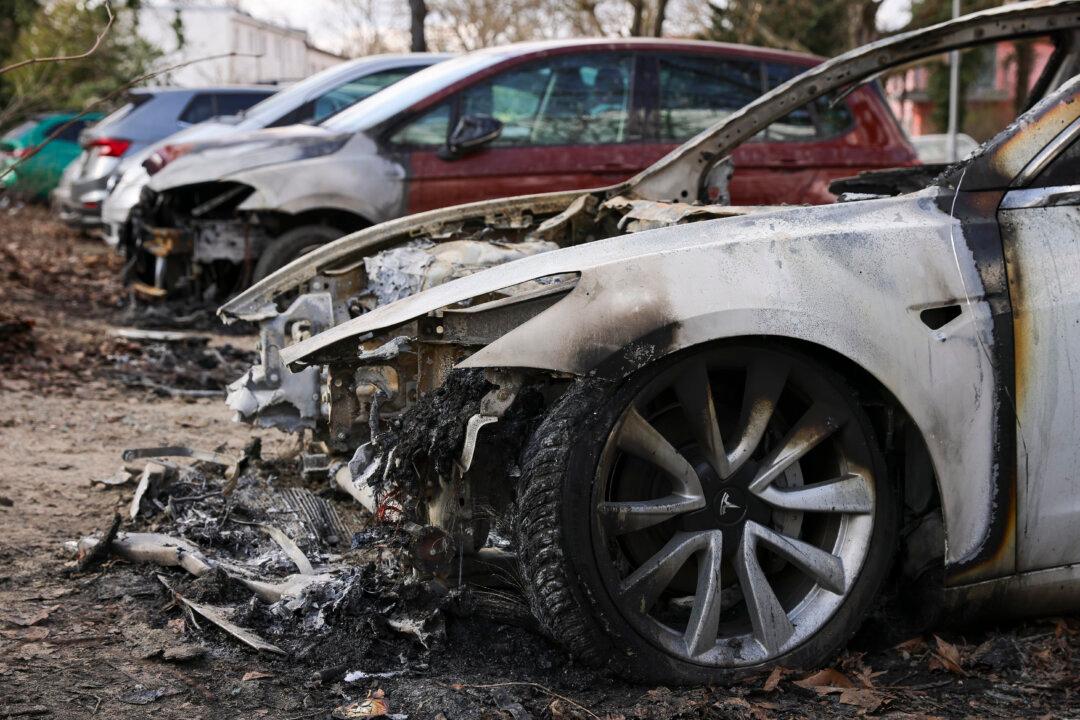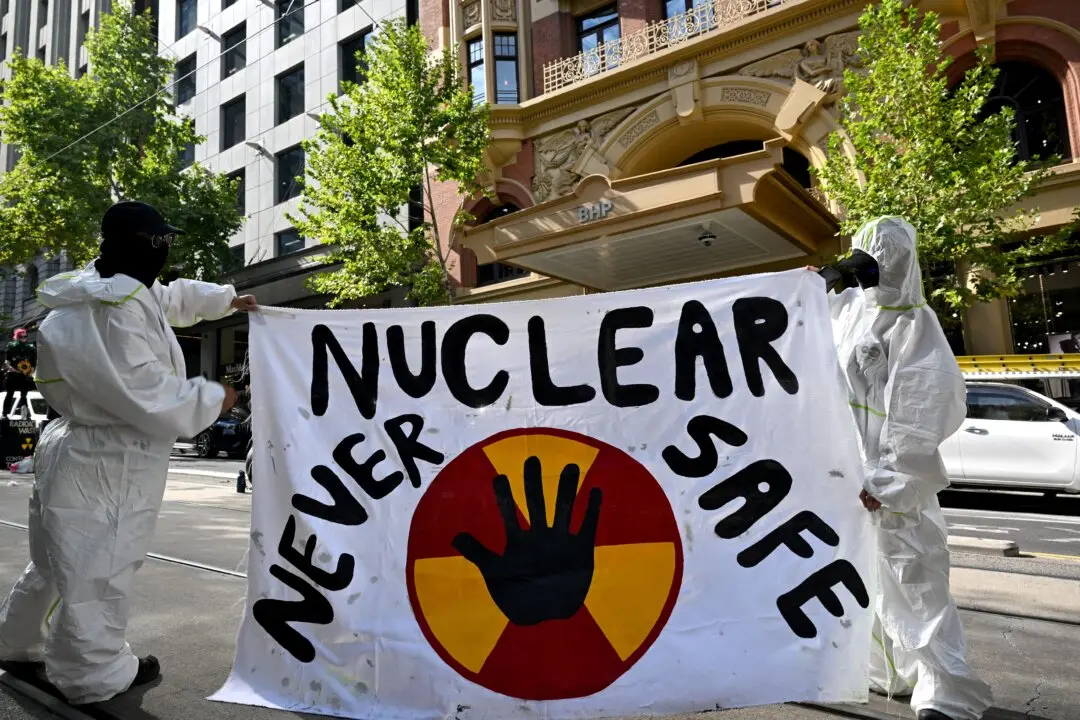Many motorists across Australia will soon see petrol prices shoot up the next time they fill their cars as cities start to reach their first new petrol cycle following the reinstatement of the full fuel excise.
While more and more petrol stations in capital cities such as Melbourne and Sydney are charging around $2.14 a litre (US$5.11 a gallon), others have not raised their prices, Seven News reported.





